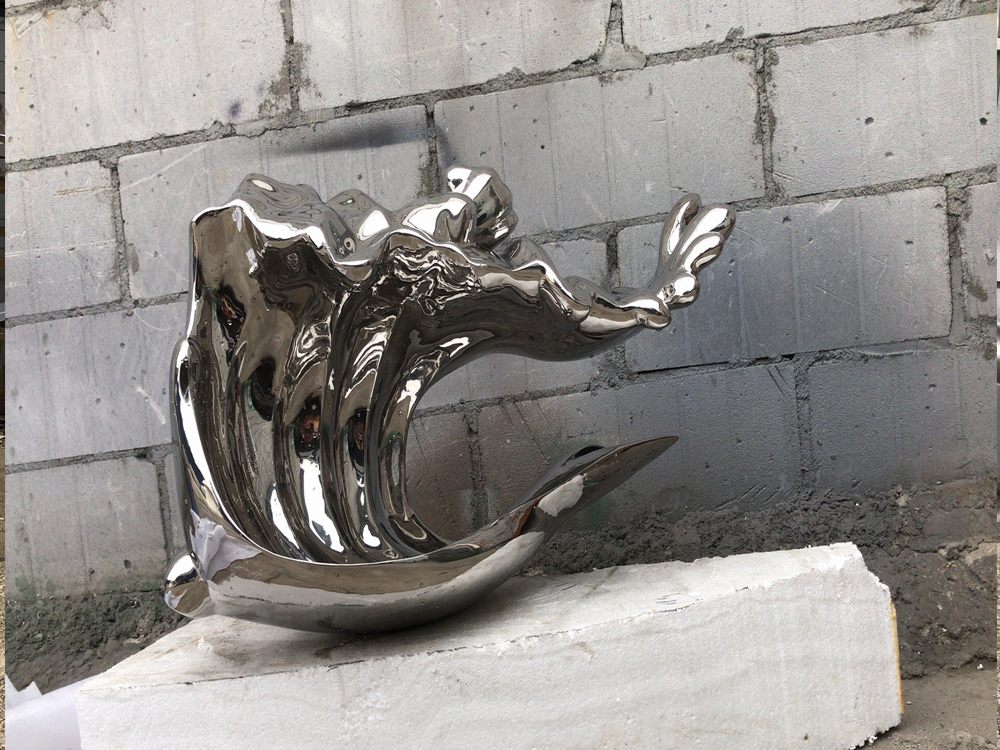
Bronze sculptures, traditionally seen as static art forms, have evolved to reflect the principles of kinetic art and optical illusions, creating a sense of movement and visual deception. Kinetic art emphasizes motion, and sculptors achieve this by crafting bronze pieces with fluid lines, asymmetrical balances, and implied gestures. For example, the twisting forms of a dancer or a wind-swept figure suggest motion frozen in time.
Optical illusions are integrated through clever manipulation of light and shadow, as well as strategic positioning of curves and angles. A polished bronze surface can reflect light in ways that distort perception, making the sculpture appear to shift as the viewer moves. Textured finishes or overlapping elements further enhance this effect, tricking the eye into seeing depth or movement where none physically exists.
Artists like Umberto Boccioni and Alexander Calder have pushed these boundaries, blending bronze's permanence with the illusion of dynamism. Their works challenge viewers to engage with the sculpture from multiple angles, revealing new layers of meaning and motion. By merging kinetic art's energy with optical illusion's playfulness, bronze sculptures transcend their material limitations, offering an ever-changing visual experience.

